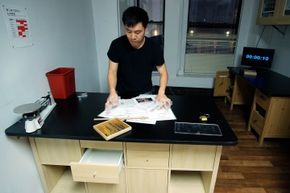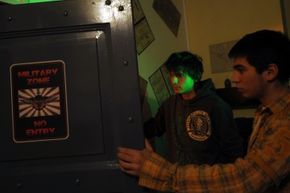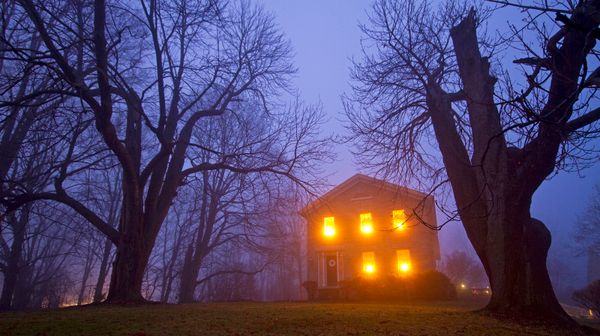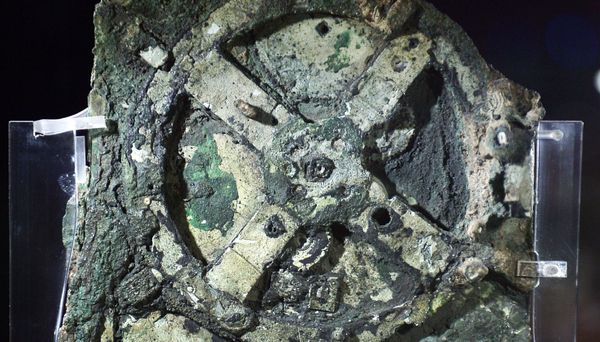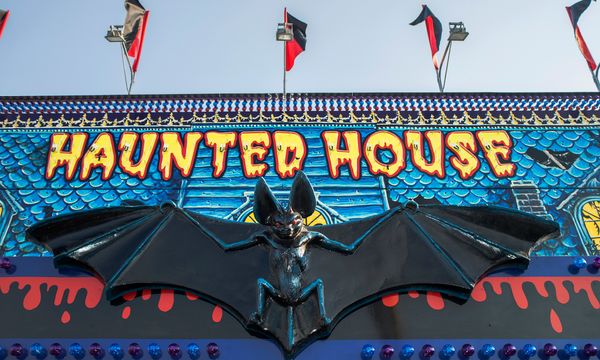It's a Friday night and you and a few friends are looking to break out of your normal dinner/board game/movie routine. What about that "escape room" thing you've heard so much about? A quick check of the venue's website shows you can buy tickets in advance. Lucky you — there are still openings for a room at 9 p.m.! You head downtown to an old warehouse that, honestly, doesn't look like much from the outside. But it's what's inside that's about to blow your mind.
The staff leads you, your friends and a several others with 9 p.m. reservations down the hall to a door marked "Castle Room," and after a quick peek inside, the name makes sense. The place looks right out of Camelot. There's a massive stone fireplace, a wrought-iron chandelier, a rough, wooden dining table, and, of course, a suit of armor. A disembodied voice welcomes you in a thick British accent. "Greetings, distinguished guests of the king. The court's traitorous jester has kidnapped His Majesty and locked him in the castle's tower. The fool, with his dark sense of humor, has locked you in this room; the only way out is to decode his devious puzzles and find the key. In one hour you've got to get out and save the king or it's off with his head!"
Advertisement
The door locks behind you and the race is on. Everyone searches frantically through cabinets, under the rug, and inside pewter chalices for your first clue. Behind a painting you find a cryptic drawing of shapes and arrows. After some discussion you, your friends and the people you just met all work together to decipher the meaning and find a key — but the key doesn't open the door. Instead it opens a chest that holds the next clue. Forty-five minutes remaining. Another key, another clue. Fifteen minutes. Frantically you work to solve the riddle. Five minutes. Then, a breakthrough! This time you find the key that unlocks the door with only moments to spare. Sure, there's no king to go save, but the pressure was surprisingly real, you made some new friends and you all had a great time.
This is just one example of how an escape room might be set up. In reality they have all kinds of different themes and puzzles, all based around solving a problem in a certain amount of time. Sound fun? Then read our escape room primer so you'll be ready when that door clicks shut!
Advertisement

